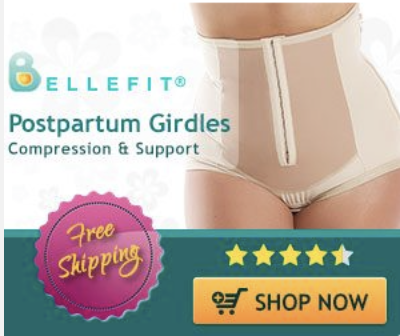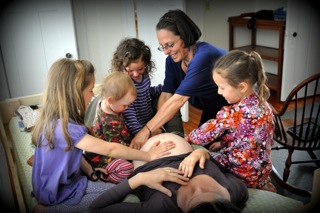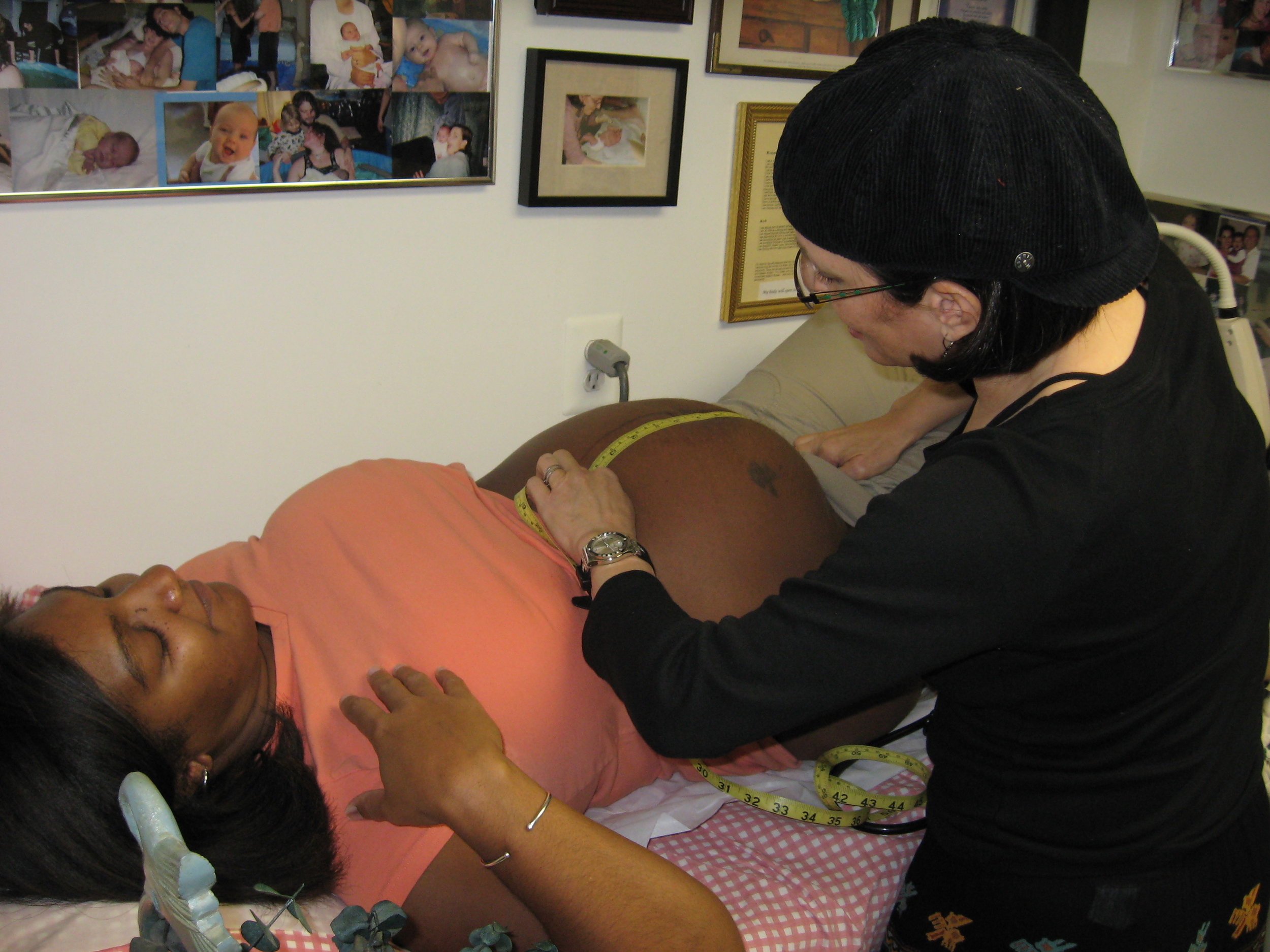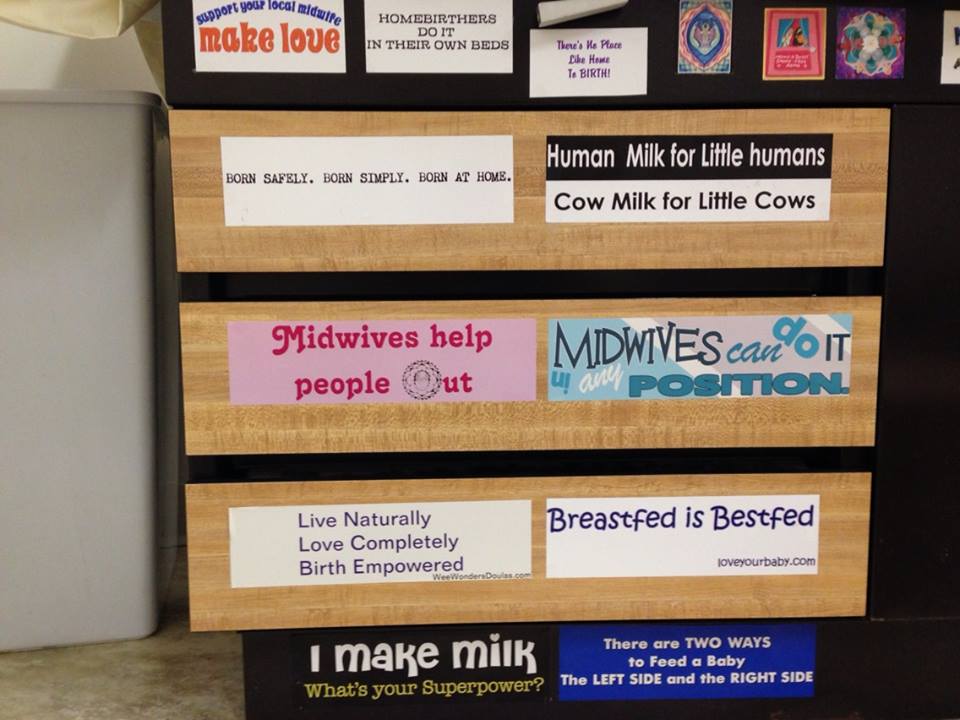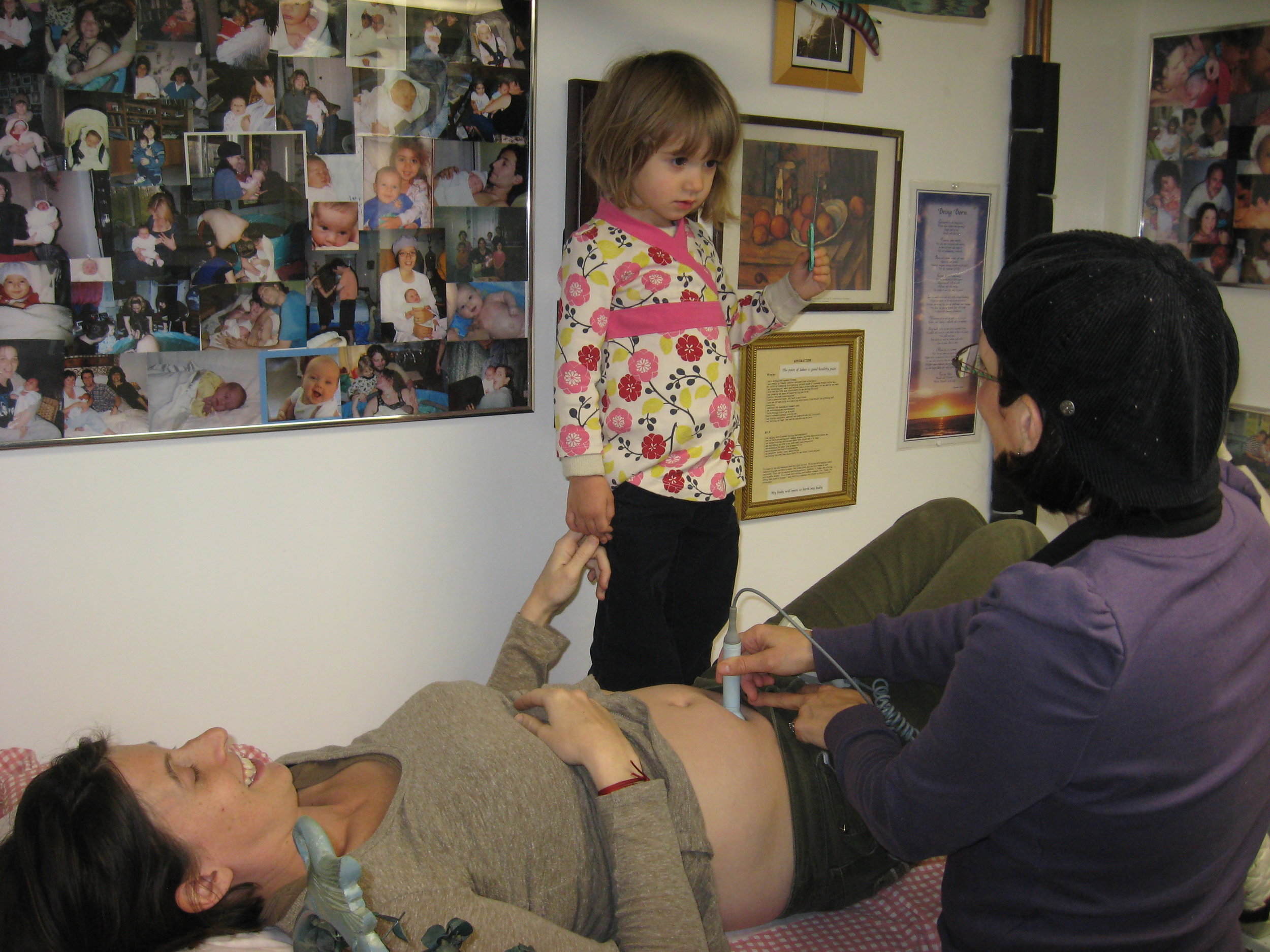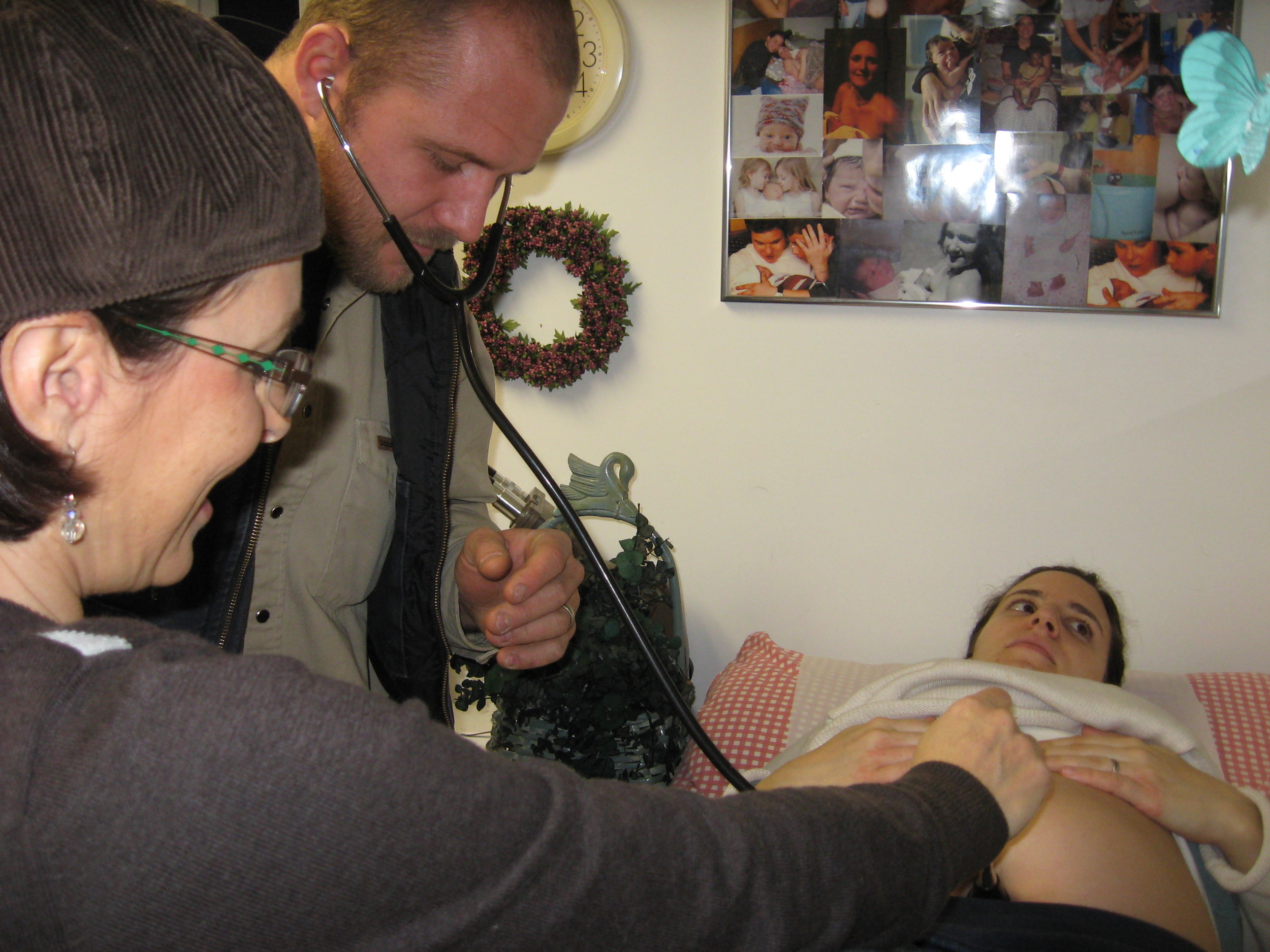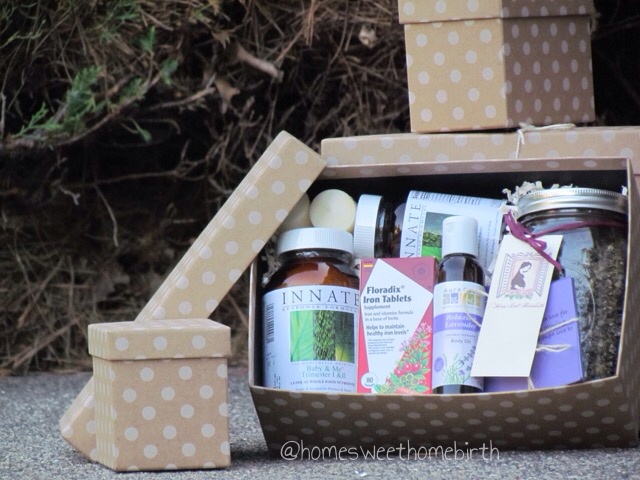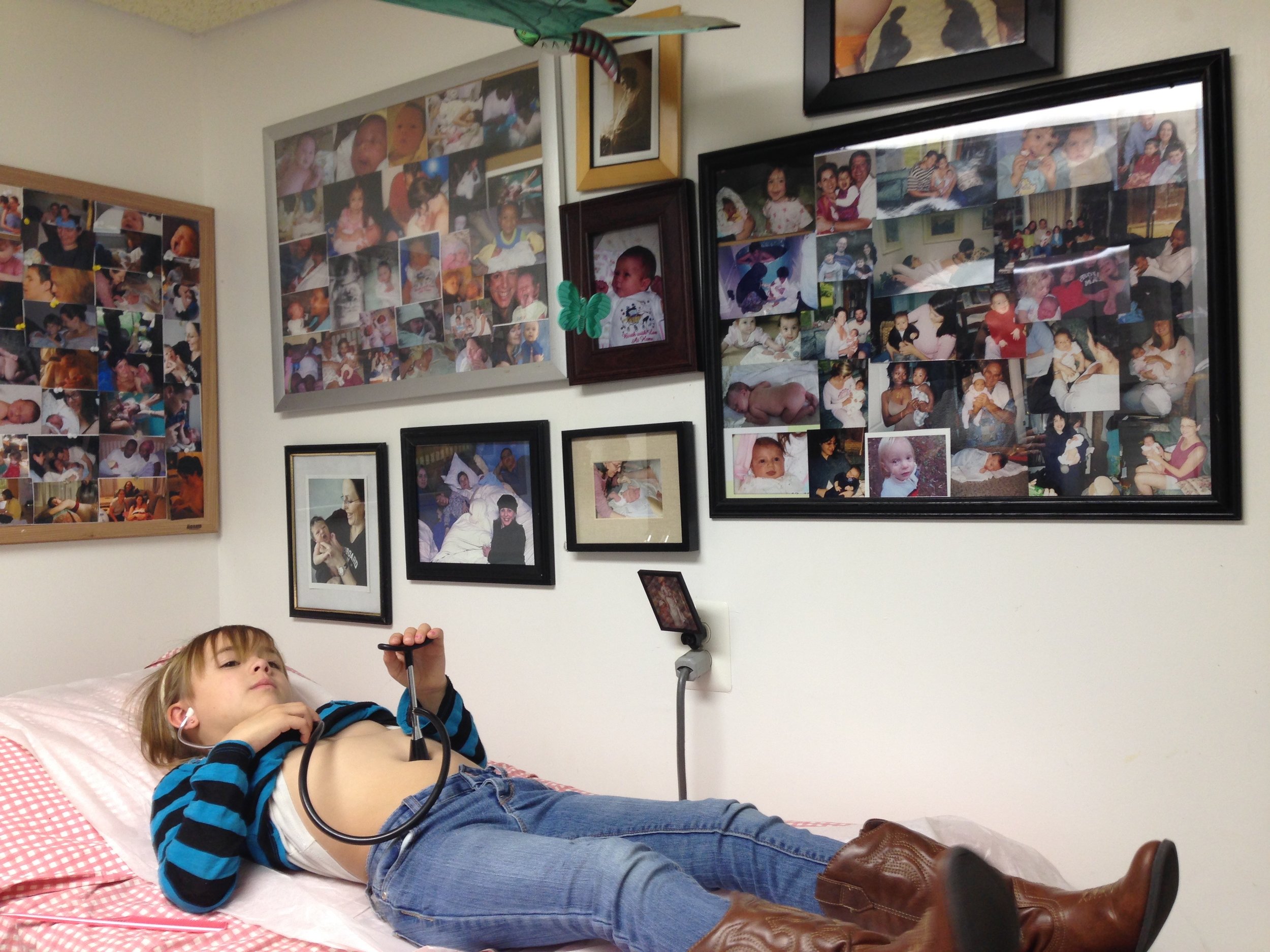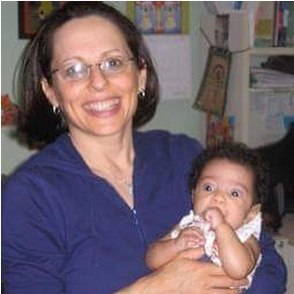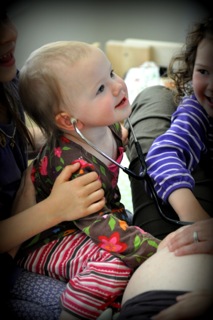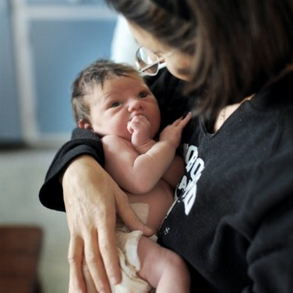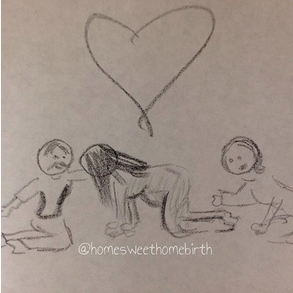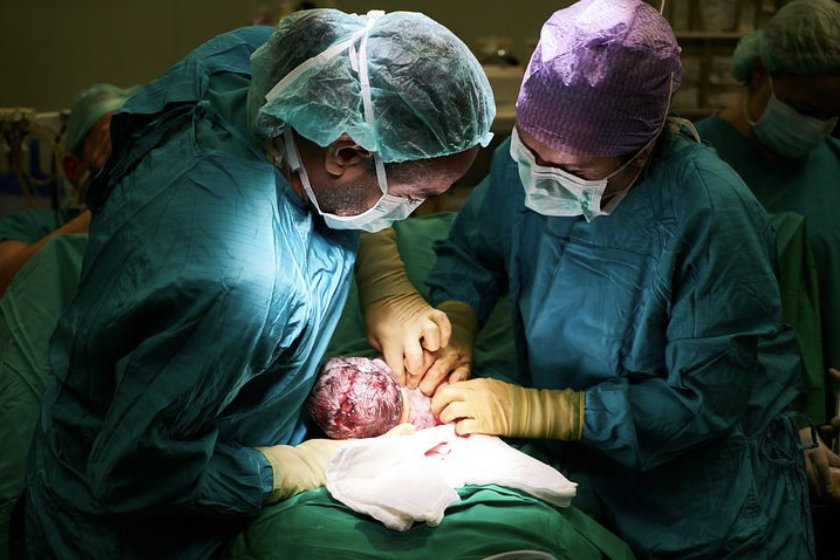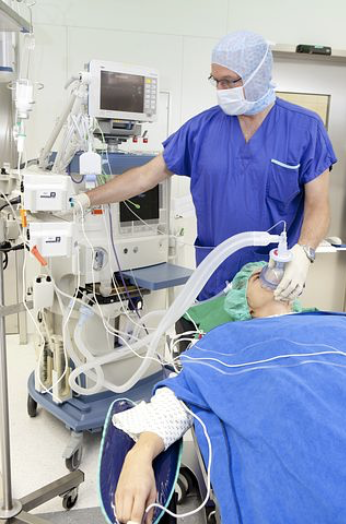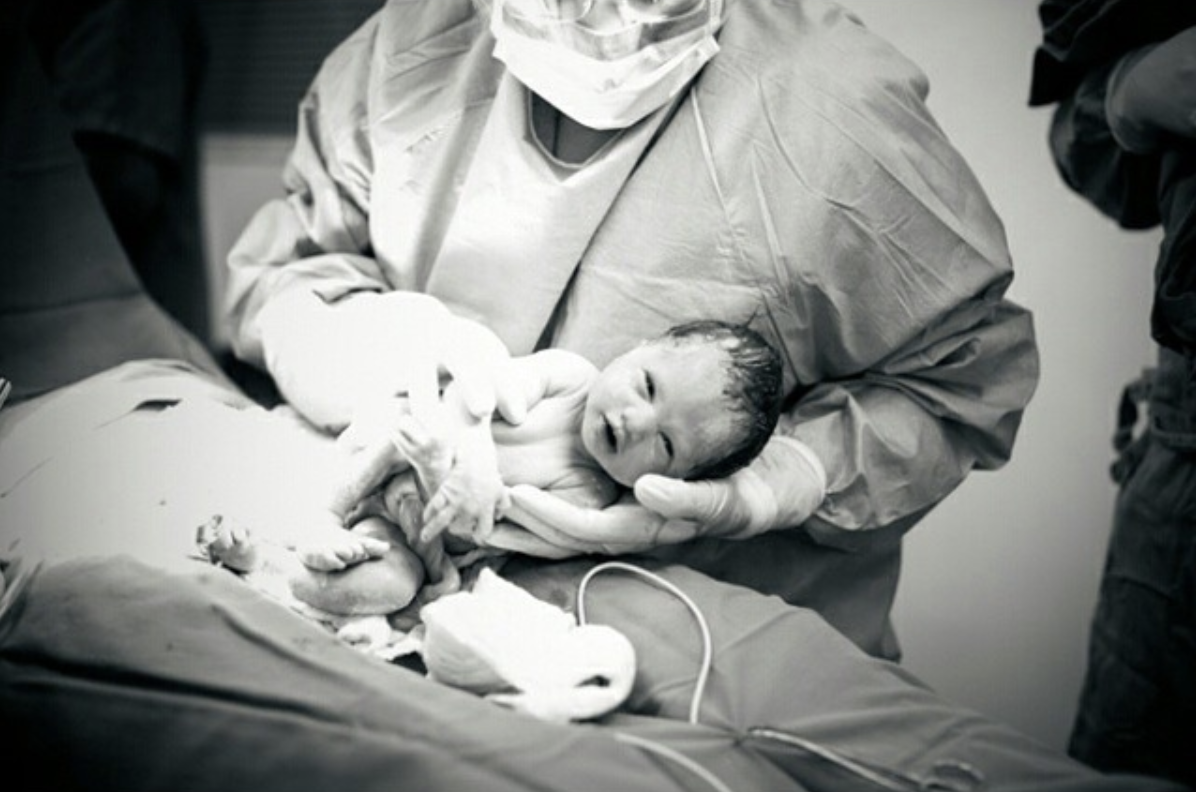“The birth of Ezra was one of redemption and renewed faith in letting go and letting love be our covering. The whole pregnancy I had to ignore toxic fear, and just believe that he was going to be okay and we were going to be okay. With my four previous births, I delivered naturally, at home with a midwife and at a birth center in Norway where my husband is from. Each birth is story written in my mind, body and soul as a testament of faithfulness, strength and lessons discovered through seasons and growth ... separation and fulfillment. Somewhere in the practice of ignoring fear, I became ready for a birth that til this day, I'm at a loss for words on how to describe other than that I was so present that I could anticipate his decent, and catch him in a little less than two hours.
On December 3rd, the kids, my husband and I were doing what we had for weeks leading up to that day, preparing to meet the baby. For the kids, preparing was coloring pictures for the baby, talking about him and folding a handmade blanket over and over that my seven and six year old had made for him. For me it was cleaning, resting, eating a good meal and resting some more, going on walks, drinking herbal teas, watching the lunar phases and talking with my birth team. For my husband it was preparing the pool, helping with the kids and cleaning. On the morning of the third he picked up an early dinner for the two of us from our favorite Indian restaurant and when he came home, we sat down to eat. When I stood up, my water broke and we looked at each other with shock. It was 4:15 in the afternoon and this was it!
I texted and called the birth team, my family and our friend who was going to keep the younger kids. Gathering the kids, getting into more comfortable clothes and Gaute filling the pool up, I had quickly progressed to contractions that were 3-6 minutes apart… deep, piercing and I would soon have to stop and go into a separate room to cope quietly as the friend arrived to bring the kids to her house. Anelyn stayed with us and I just knew that the baby would be born within a couple of hours. The midwife, Bethany, my friend Amber who's a doula and photographer and a midwife's assistant arrived soon after I had texted. Shortly after they arrived and checked on the baby, I got into the pool to labor through the deeper contractions. So close.
The sun was going down, the water was warm, as the contractions came, in my mind I whispered and thought comforting and peaceful thoughts… ‘This is good, it's okay, I'm okay, this is good, I love you, baby, you're doing it, I'm doing it, you will be here soon, breathe, he'll be here soon.’ I said that it would be, ‘Just a couple more contractions.’ Sure enough, two more contractions and he was presenting, I reached down and pushed 1,2,3 and he was in my arms. I just wept and wept... It was 6:04 pm and he was in my arms, so perfect and peaceful. I wept a tears of joy and pure shock that I was gifted such a beautiful and empowering birth, I looked at my husband and his face was glowing with tears, my daughter was leaning over to get a look at her new baby brother that she prayed for, a dear sweet baby to love. The birth team surrounded us with love, supporting, documenting, celebrating and serving so peacefully. This was the Birth of Ezra.
Thank you for your powerful and inspiring work and allowing moms share our stories.”
Rockstar Mama: Christan R @mommareveur
Awesome Photographer: Amber Rhodes IG @amberdenaephotography and @amberhodes
There are so many wonderful ways to transform fear so common today, and have a beautiful empowering birth at home, in a birthing center or hospital. Excellent childbirth education and preparation in advance are crucial, and a major reason why I created my Love Your Birth course. It is a comprehensive online course that teaches women what they need to know about planning and carrying out the birth that they want in all settings - the hospital, birthing center or at home. It’s a course on how to have a holistic, healthy pregnancy for the body, mind, and soul - and is how I have guided thousands of women and their families in my midwifery practice for over 21 years. It contains a rolodex of my favorite resources with over 200 of the best books, movies and supplies I use personally and professionally with my clients, family & friends. Even diving into a fraction of this list will have you feeling empowered and prepared for conception, pregnancy, postpartum and parenting...It includes resources on improving and even ensuring ensuring healthier pregnancy and birth outcomes than the status quo, and preventing and healing from birth trauma so prevalent in the modern world! Be prepared to do some research on your own, but knowledge restores your power. I also help you prepare your mindset for such a task, to debunk myths, and to reframe any current ideas or conditioning about pregnancy and birth that can use a change in perspective or that are simply incorrect and do serve you. After finishing the course, the idea is that you are now able to create and have the healthy, beautiful and empowering pregnancy and birth that you want.
You can get a free nugget from my course - all about creating your ideal birth plan here. A huge part of having a birth of your dreams is getting clear your birth preferences, knowing the pros and cons about all the tests and procedures, all the interventions your may be faced with, so you can make informed decisions - rather than simply give over your body, your choice and voice to your health care providers and institution you choose.
“Anne Margolis was my incredible midwife. She is practical, science-based, and vastly experienced, but most importantly, she’s an awakened woman here to light the path to your most joyful self. Anne is the incredible midwife who taught me, through this process, how to midwife my own patients’ rebirth experience.
Her own educational course is a deep but manageable dive into her accumulated wisdom, packaged for your journey. Forget your childbirth class, and take steps to your most empowering experience. If you are thinking about conception, pregnant, or love someone who is, take it from me that her wisdom is life-changing.Yours in the truth.”
— Dr. Kelly Brogan MD
I have a holistic approach to life, including healing after pregnancy and birthing. Nothing replaces abdominal toning and exercise for restoring muscle strength and tone - which I encourage for all mamas as soon as they feel up to it postpartum. Nothing replaces touch, slow deep abdominal breathing, and a 'love your postpartum body' perspective that I promote. But I have found many mamas simply feel comforted by this support garment, especially early postpartum and temporarily as needed....to be used without forfeiting abdominal toning and strengthening exercise, breathing well and touch. I have found Bellefit supportive garments to help like they use belly binding around the world such as in Indonesia. They do aid in early postpartum healing and provide support many mamas feel comforted by. I deal with human beings and the reality is many postpartum mom's struggle with body image, feel frustrated that getting back to themselves takes longer than expected. Being into holistic health and healing includes being sensitive to real human struggles - the mind, body, heart and soul of each person and their unique situation. Having helped countless women with these issues after having a baby as a midwife, I have found many still love that binding and feel better with this support, and ability to fit into their pre-pregnancy clothes comfortably and sooner than they would if they went through a C-section or natural childbirth recovery without it - especially when they have to dress up and fit into a certain favorite outfit for a special occasion or wedding not long after having a baby.
For more info on the Bellefit girdle, check out my blog about it here. Have a Great Postpartum Recovery (with a little help from Bellefit)!









